In the world of machining, efficiency, precision, and tool longevity are critical factors for success. One of the most significant advancements in the industry is the use of ceramic inserts, especially for machining cast iron. These inserts are engineered to enhance performance and provide substantial cost savings by offering superior wear resistance and high-speed capabilities. Halnn, a leading name in cutting tools, is at the forefront of this innovation, delivering high-quality ceramic inserts for cast iron machining that improve efficiency and productivity across industries.
This article delves into the specifics of ceramic inserts for cast iron, examining their benefits, applications, and the cutting-edge solutions offered by Halnn.
Ceramic inserts are cutting tools made from ceramic materials, typically aluminum oxide or silicon nitride, known for their hardness and resistance to wear. They are widely used in metal cutting and machining processes due to their ability to withstand extreme temperatures and maintain sharpness over extended periods.
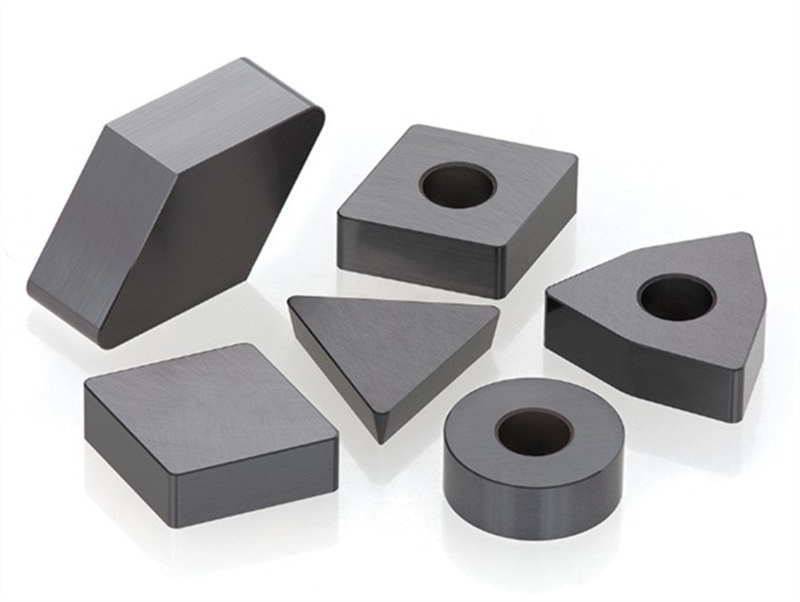
Machining cast iron presents unique challenges due to its hardness, abrasiveness, and tendency to generate high temperatures during cutting. Ceramic inserts are particularly well-suited for these conditions because of their heat resistance, durability, and ability to handle dry machining at high speeds. These characteristics make them an excellent choice for manufacturers aiming to optimize production processes while reducing downtime and tool wear.
One of the most notable advantages of ceramic inserts is their exceptional wear resistance. When machining cast iron, the cutting tool is exposed to significant friction and heat, which can lead to rapid wear in traditional inserts. Ceramic inserts, however, maintain their integrity for longer, even under high-stress conditions. This results in fewer tool changes and lower overall production costs.
Ceramic inserts are designed to perform at high speeds, allowing for faster cutting rates without sacrificing precision. This high-speed capability is especially advantageous in machining cast iron, where increasing the cutting speed can lead to significant productivity gains. With ceramic inserts, manufacturers can achieve faster cycle times, enhancing output while maintaining high-quality surface finishes.
The extended tool life offered by ceramic inserts is another key benefit for those machining cast iron. The durability of these inserts means that they can be used for longer periods without needing to be replaced, reducing the frequency of tool changes and minimizing production interruptions. This results in lower operating costs and improved overall efficiency.
Ceramic inserts are ideal for dry machining, which eliminates the need for coolant. This not only reduces costs associated with coolant usage but also makes the machining process more environmentally friendly. In addition, dry machining with ceramic inserts prevents issues such as coolant contamination, further enhancing the quality of the finished product.
The automotive industry heavily relies on cast iron components, including brake discs, engine blocks, and cylinder heads. Ceramic inserts play a crucial role in machining these parts with precision and efficiency. Their ability to handle high speeds and resist wear ensures that automotive manufacturers can produce high-quality components with minimal downtime.
In the heavy machinery sector, cast iron is commonly used for parts that need to withstand extreme stress and wear. Ceramic inserts are essential in machining these parts efficiently while maintaining the necessary precision. Whether it's in the construction industry or large-scale industrial equipment, ceramic inserts for cast iron help deliver reliable performance.
The aerospace industry often involves the machining of cast iron components that require exceptional precision and durability. Ceramic inserts are well-suited for this purpose, ensuring high-quality machining results while maintaining long tool life. This makes them indispensable for manufacturing aerospace components, where accuracy and reliability are paramount.
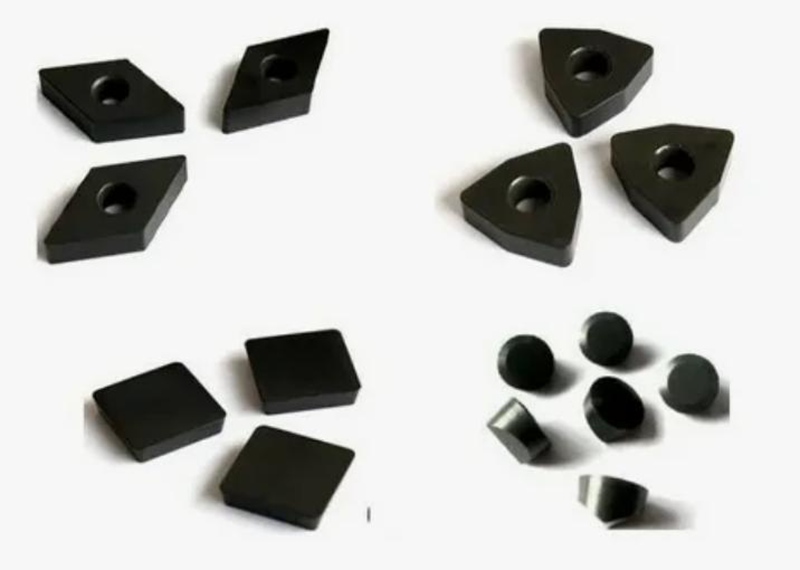
Halnn has developed an extensive range of ceramic inserts specifically designed for cast iron machining. With a focus on high-speed cutting, superior wear resistance, and precise results, Halnn’s ceramic inserts provide manufacturers with reliable and cost-effective solutions.
Halnn’s ceramic insert portfolio includes a variety of shapes and geometries tailored to different machining needs. Popular products include the CNMG and WNMG ceramic inserts, which are optimized for cast iron machining. These inserts feature advanced coatings that further enhance their performance, ensuring smooth cutting and long-lasting durability.
Several of Halnn’s clients in the automotive, heavy machinery, and aerospace industries have reported significant improvements in productivity and cost savings after switching to Halnn’s ceramic inserts for cast iron. These success stories highlight how Halnn’s innovative approach to ceramic cutting tools can deliver tangible results in real-world applications.
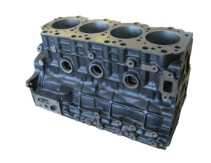 | Material: Grey cast iron |
| Grade: KN100 | |
| Cutting parameters: Vc=500m/min, Fr=0.1mm/rev, ap=0.5mm | |
| Cutting status: dry cutting |
| Grade | Half depth of cut wear on tool flank | Groove wear on tool flank | Tool wear morphology |
| Halnn KN100 | 140μm | 175μm |  |
| Other Brands | 185μm | 240μm |  |
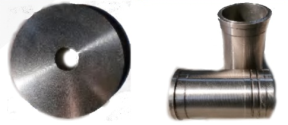 | Material: Grey cast iron |
| Grade: KD100 | |
| Cutting parameters: Vc=300m/min, Fr=0.1mm/rev, ap=0.5mm | |
| Cutting status: dry cutting |
| Grade | Half depth of cut wear on tool flank | Groove wear on tool flank | Tool wear morphology |
| Halnn KD100 | 170μm | 190μm |  |
| Other Brands | 180μm | 195μm |  |
How to Choose the Right Ceramic Inserts for Cast Iron Machining
When selecting ceramic inserts for cast iron machining, it’s essential to consider factors such as material hardness, insert shape, and cutting parameters. Different types of cast iron, including gray iron and ductile iron, may require specific insert geometries and cutting speeds to achieve optimal results.
Gray cast iron is softer than ductile iron, and the right insert for each material will vary. Harder materials may require tougher ceramic inserts, while softer cast iron can be machined effectively with standard ceramic tools.
Selecting the right insert geometry is crucial for achieving desired results. For example, round inserts tend to perform better in roughing operations, while square or triangular inserts offer more cutting edges for finishing tasks.
Ceramic inserts are designed to operate at higher cutting speeds compared to traditional carbide inserts. However, selecting the right speed and feed rate is critical for achieving optimal results in cast iron machining. It's advisable to consult with experts, like those at Halnn, to determine the best cutting parameters for your specific application.
Proper setup and alignment are key to maximizing the performance of ceramic inserts. Ensure that the tool is set up correctly to avoid issues such as vibration, poor surface finish, or uneven wear.
Adjusting cutting parameters to suit the material being machined is critical. This includes selecting the appropriate cutting speed, feed rate, and depth of cut for cast iron machining with ceramic inserts.
Regular maintenance of tools and careful monitoring of wear patterns can help extend the life of ceramic inserts. Be sure to replace inserts as needed to maintain consistent performance and avoid tool failure during machining operations.
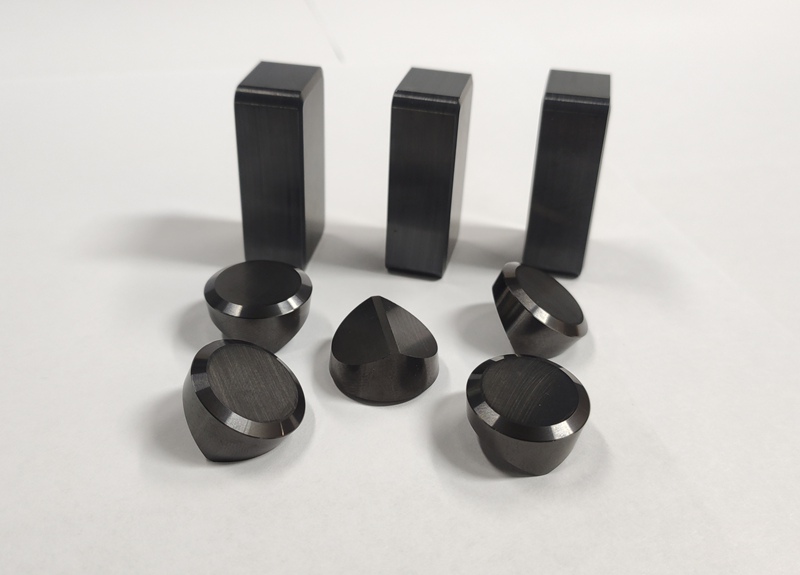
Ceramic inserts are preferred for machining cast iron because of their high hardness, excellent wear resistance, and ability to withstand elevated temperatures. They enable high-speed machining and extended tool life, making them ideal for working with hard and abrasive materials like cast iron.
Ceramic inserts can machine a wide range of cast iron types, including gray cast iron, ductile cast iron, and nodular cast iron. They are especially effective for machining hardened or tough cast iron materials where traditional carbide inserts may wear down quickly.
Ceramic inserts offer better wear resistance, higher thermal stability, and the ability to machine at faster speeds compared to carbide inserts. This results in longer tool life, improved productivity, and reduced downtime in machining cast iron.
Yes, ceramic inserts can be used for both roughing and finishing operations on cast iron. Depending on the geometry and grade of the insert, they can handle heavy cuts during roughing and provide smooth surface finishes during finishing.
Ceramic inserts allow for higher cutting speeds and longer tool life, which reduces the need for frequent tool changes. This improves overall machining productivity by minimizing downtime and increasing throughput.
Ceramic inserts perform best under high-speed machining conditions. They are ideal for dry machining at elevated temperatures, which eliminates the need for coolants and enhances productivity. Proper selection of cutting speed and feed rates will maximize their performance.
No, ceramic inserts are designed for dry machining and do not typically require the use of coolants. Their ability to handle high temperatures makes them suitable for coolant-free operations, simplifying the machining process and reducing costs.
The right ceramic insert should be chosen based on the specific type of cast iron being machined, the desired cutting speed, and the type of operation (roughing or finishing). Consult with Halnn experts to determine the best ceramic insert for your specific application.
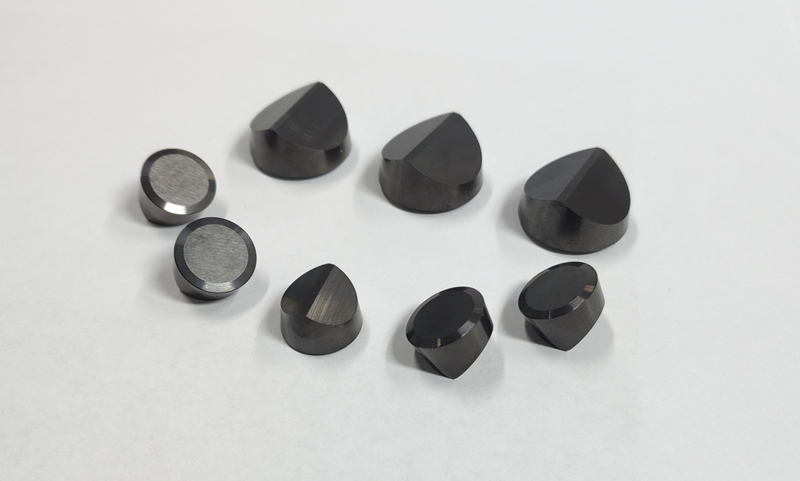
Halnn ceramic inserts are known for their exceptional wear resistance, extended tool life, and ability to maintain cutting edge integrity at high speeds. These advantages make them competitive and reliable compared to other brands, especially for cast iron machining.
Yes, due to their durability and wear resistance, ceramic inserts can be reused for multiple operations, as long as they are not excessively worn or damaged. Proper care and monitoring of the inserts will extend their usability.
Ceramic inserts have become a game-changer in the machining of cast iron, offering manufacturers a solution that enhances efficiency, extends tool life, and reduces production costs. Halnn’s ceramic inserts for cast iron are designed to meet these demands, providing top-quality performance across industries like automotive, aerospace, and heavy machinery.
By choosing Halnn’s ceramic inserts, manufacturers can ensure precise machining, improved productivity, and cost savings. Explore our range of ceramic inserts for cast iron machining today, and discover how Halnn can help take your machining operations to the next level.
Our website: cccchttps://www.halnncbn.com/
Email: halnntools@halnn-group.com
WhatsApp: +8613271562251
WhatsApp:8613271562251
Email:service@halnn-group.com
Address:R & D 5B, National University Science and Technology Park, National University, Changchun Road, Zhengzhou High-tech Zone